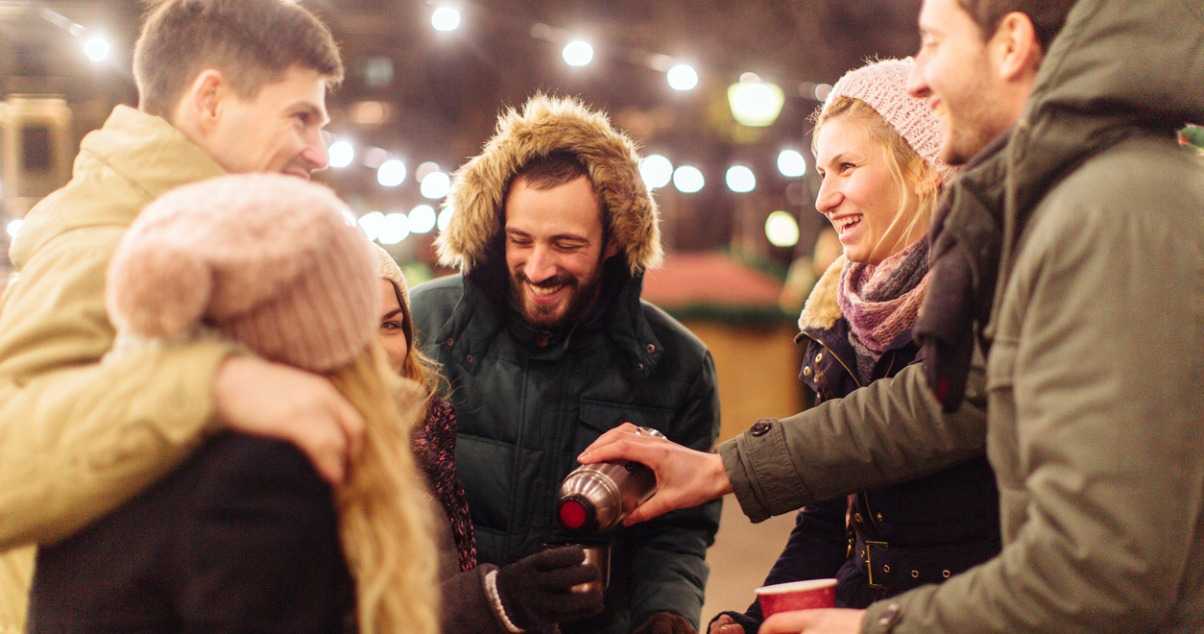Halloween Celebrations & Traditions across the Globe
Halloween celebrations normally involve pumpkin-carving and children in spooky costumes trick-or-treating. We have found unique Halloween-like celebrations across the globe — from dressing human skulls to buffalo races, let’s have a look at different countries’ twists on the worldwide celebration!
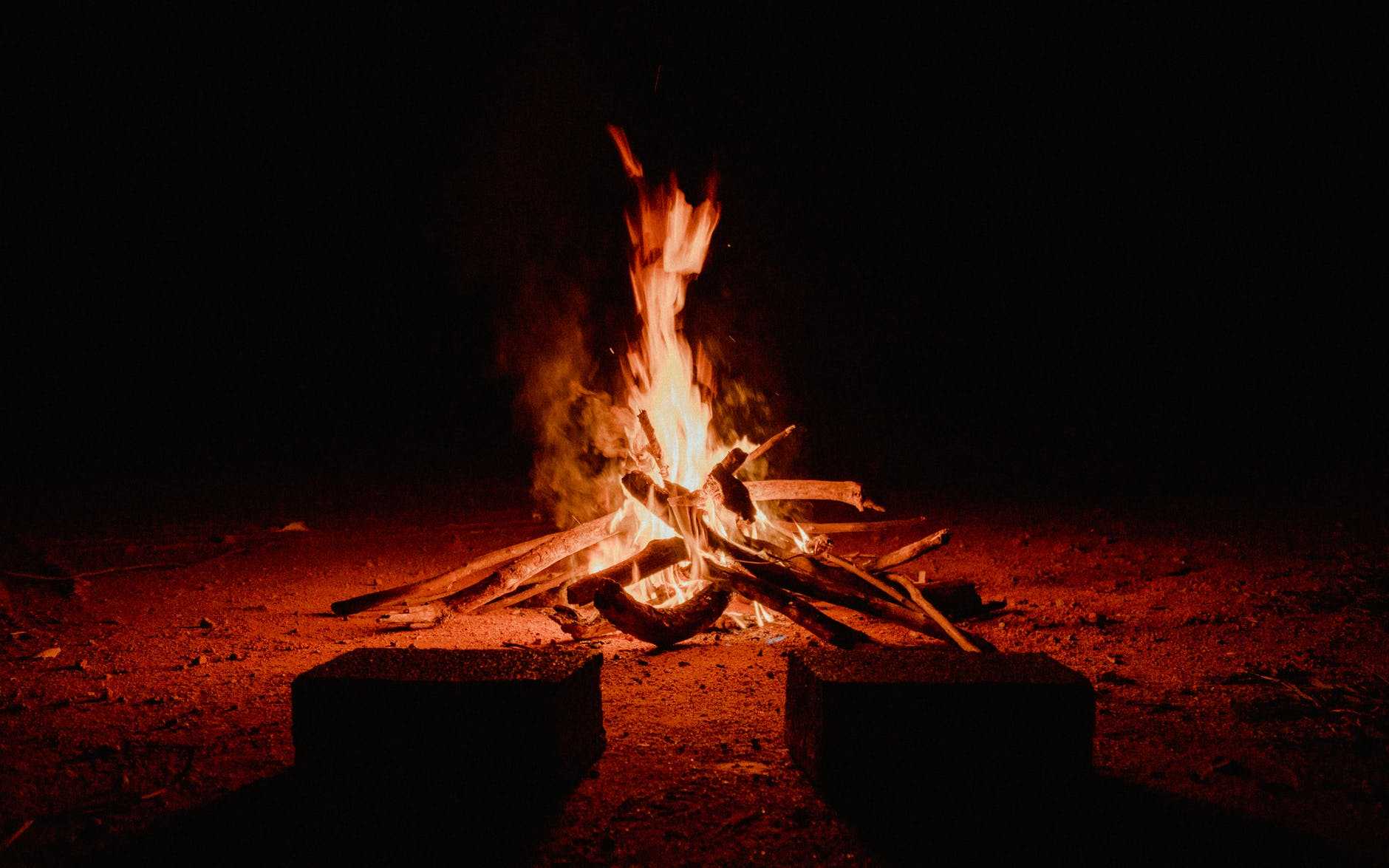
Where It All Began
In Ireland and Scotland, the Celtic holiday of Samhain is believed to be the origin of Halloween celebrations. The festival lasts from sunset on 31 October until sunset on 1 November, and it marks the end of the autumn harvest season and the beginning of winter. The festivities include typical Halloween activities such as bonfires, dancing, feasting — some even leave offerings outside their homes for the spirits.
Joyful Celebrations for the Dead in Mexico
The renowned celebration of Día De Los Muertos (Day of the Dead) is a two-day holiday that celebrates the dead throughout Mexico. Brightly colored skulls are traditionally used in many forms, such as sugar candies, clay decorations, and, of course, face painting! The unique celebration is seen as a positive way to honor the deceased and is an opportunity to celebrate with them, as it is believed that loved ones awake for the festival. Families create ofrendas (offerings) for their family members that have passed and decorate altars with bright yellow marigold flowers, photos, and the favorite foods and drinks of their relative being honored. It’s believed that the offerings encourage visits from the deceased to join in the celebrations!
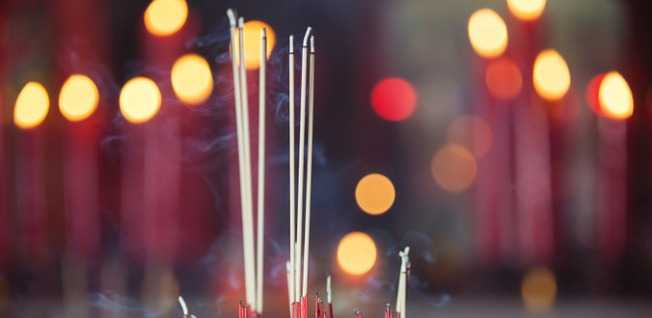
The Hungry Ghost in Hong Kong
The Hungry Ghost Festival, named Yu Lan in Chinese, is celebrated throughout Hong Kong and China for a whole month, starting from the seventh day of the seventh month in the lunar calendar. The festival includes a variety of parades, the burning of incense, food offerings for the dead, and performances to entertain the spirits.

Family Feasts in Italy
The first day of November is a national holiday in Italy known as la Festa di Ognissanti or Tutti i Santi. It is a day of feasting and is celebrated as All Saints’ Day in Italy. Many Italians often attend a special religious service after a colorful procession through the center of the city. The rest of the day is then dedicated to a feast with friends and family. One day later on I Morti (All Souls’ Day), people visit the cemetery and pay their respects to their beloved departed ones, with those who have moved away often returning home for the special occasion.
Processions of Cows in Nepal
Gai Jatra in Nepal, also known as the “Festival of Cows”, takes place between August and September and remembers loved ones who have died that year. Families who have lost a relative join in with a procession through Kathmandu leading a cow — or a young boy dresses as a cow if they don’t have one! With this tradition, it is believed the cow will help the deceased on their journey to heaven.
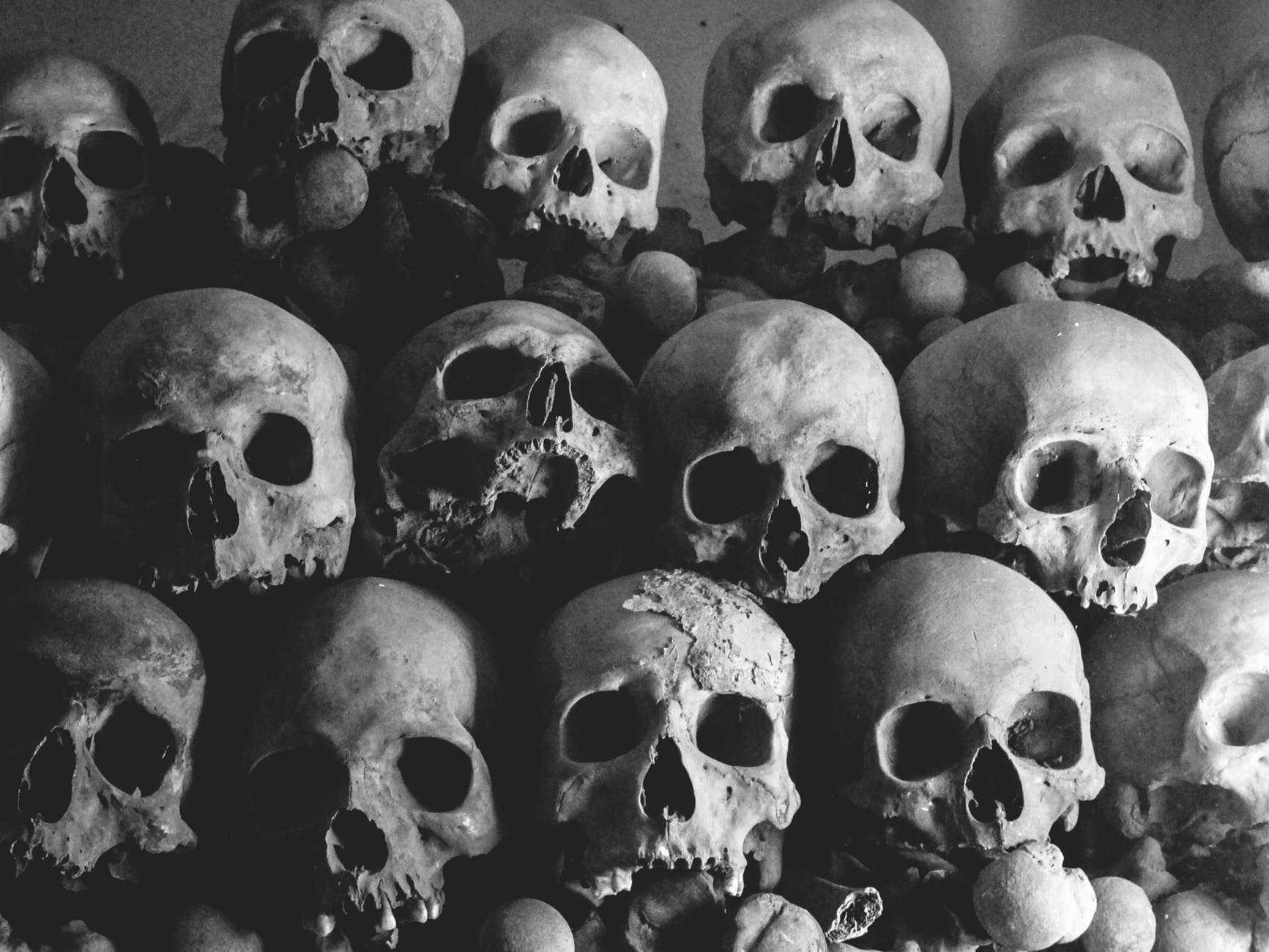
Festival of the Skulls in Bolivia
Dia de las Ñatitas (Festival of the Skulls), known as the Bolivian-version of Day of the Dead, is also a time Bolivians use to remember their loved ones who have passed. The celebrations take place annually in the second week of November. The event, centered in the Bolivian capital of La Paz, draws in thousands of people, bearing the skulls of family and friends. They receive blessings and are decorated with offerings. The bones are adorned with everything from flowers to cigarettes, and many of the human skulls on show are kept in people’s houses during the year!
Singing in the Philippines
Although trick-or-treating is common in the Philippines, the country’s traditional celebration usually takes place on All Souls’ Day on 1 November. With the Pangangaluluwâ celebration, children go door-to-door in their local neighborhoods singing songs in exchange for sweets.
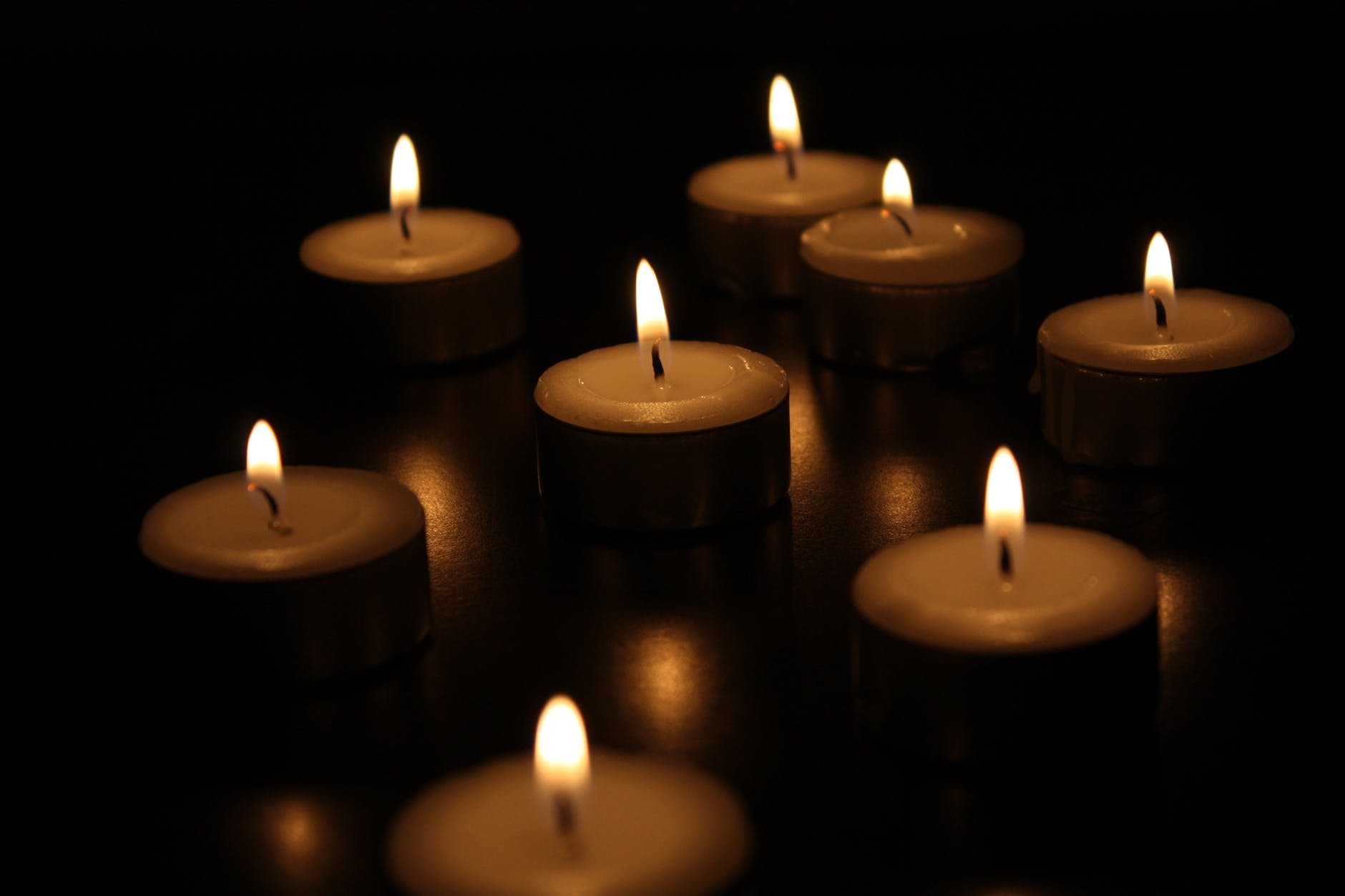
Buffalo Races in Cambodia
Pchum Ben is a 15-day-long religious festival where Cambodians pay their respects to relatives of up to seven generations. People celebrate by lighting candles for their ancestors, feasting with their families, and participating in buffalo races. Before the final day, monks sing chants through the night, as this is supposed to represent the opening of the gates of Hell.
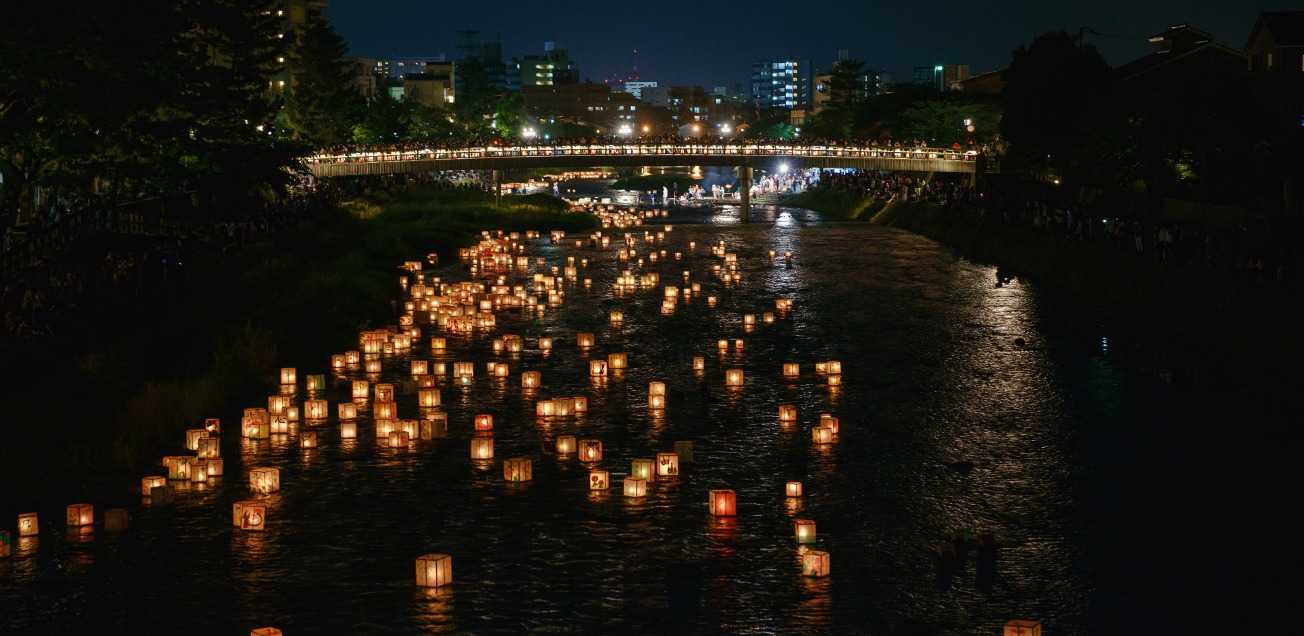
Lanterns & Dancing in Japan
Obon is a Japanese Buddhist festival and celebration to honor the spirits of their ancestors. This Buddhist custom has been celebrated for over 500 years and has evolved into a family tradition, involving families returning to their relatives’ original hometowns to clean their graves. It also traditionally includes a dance, known as Bon Odori. The festival lasts for three days; its start date varies within different regions of Japan. Celebrations include a huge carnival and various foods. Lanterns are used to guide the spirits to their homes, and at the end of Obon, floating lanterns are put into rivers, lakes, and seas in order to guide the spirits back into their world.
About Olivia Gwilliam
Olivia Gwilliam worked as an Editorial Office Intern at InterNations during the placement year of her Modern Languages and European Studies (German and Spanish). She loves city breaks in Europe, trying out local brunch spots at weekends, and reading in her spare time.
Article topics
Related articles
Three Times I Wanted to Move Back Home
Many expats experience the inevitable culture shock and going back home seems like the only plausible solution. But when language barriers, cultural differences, and isolation put a damper on your expat life, being more social, adventurous, and open to new things can cure the homesickness.
Embracing Local Living: How You Can Quickly Feel at Home in a New Country
Integrating into a different culture might seem challenging. But with a few strategies, it’s possible to feel at home in a relatively short time. Here are some tips specifically for you to adapt and embrace your new cultural surroundings quickly.
Five Ways to Give Back as an Expat
Giving back can be very rewarding, whether it was your New Year’s resolution or you just want to try something new. Either way, volunteering is a great way to make a difference and meet new people, and as an expat, you’re in a unique position to help others out. Read on to find out more!
Make the Most of Spending the Holidays Abroad
December, and the end of the year, is often a tricky time for expats. If you’re not traveling back home to visit friends and family, spending the festive season abroad can be a daunting experience — especially if it’s for the first time. But not to worry! We’ve got some tips to make your season merrier.
Books to Escape the Dullness of Social Distancing
While some people seem to be busier than ever during this pandemic, many others have more time on their hands. However, staying inside for a long time should not be a problem when you have good books to help you travel and discover new places far away without leaving your home.



